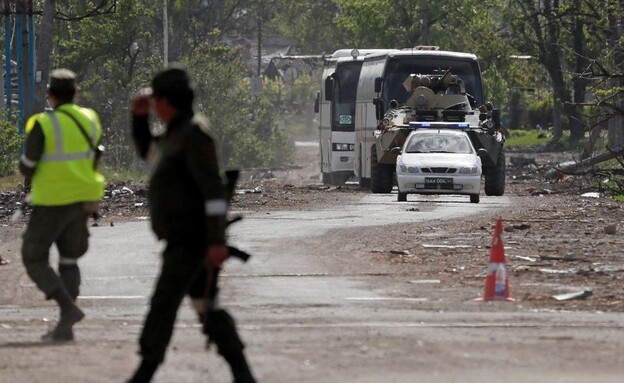Beyond the fact that no prisoner exchange has been agreed upon, in Russia in recent days there have been voices calling for the release of the fighters, most of them members of the neo-Nazi Moss Regiment, and some even calling for their execution. Among the released are also more than 50 fighters who are reportedly suffering from serious injuries, and now there is a fear that they will not receive adequate medical treatment. Russian President Putin has promised that they will be treated appropriately, in accordance with international law.
Hundreds of those released were transferred to the Olnivka detention camp, north of Mariupol and not far from the town of Donetsk. Ulanivka, as other camps and facilities in Ukraine as well as in Russian territory have become a name, has become synonymous with one of the worst places a person can get to. Last week, Peter Andryoshenko, a senior adviser to the mayor of Mariupol, said the Olnivka prison was “a real concentration camp in the 21st century, created by Russia in central Europe.”
According to him, many people are kept there in terrible conditions, and do not receive food on a daily basis as well as necessary medical assistance. “There are relatives of military personnel, police and other security forces, human rights activists, journalists and anyone who has aroused the suspicion of the Russians,” he said. According to him, every Ukrainian that the Russians find tattoos with a nationalist-patriotic mark on his body – is sent there automatically.
More than 3,000 people evacuated from Mariupol are already in prison in Olenbica, according to the Commissioner for Human Rights in Ukraine, Yudmila Denisova. According to her, citizens are imprisoned there for a period of at least 30 days, ostensibly for a process of “screening and sorting.” During the process, the Russians identify the prisoners who are considered “unreliable,” such as former military personnel, and their incarceration may even last more than two months.
Denisova accuses Russian forces of conducting interrogations of prisoners while inflicting severe torture and great suffering. According to her, one of the Russians’ preferred methods is electrification using extremely powerful electric shockers. Moscow has rejected all allegations that they violate human rights.
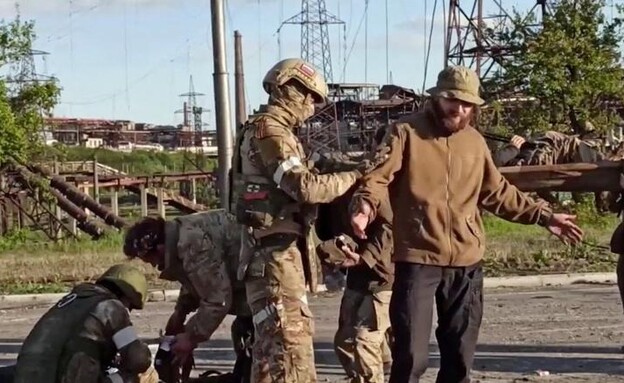
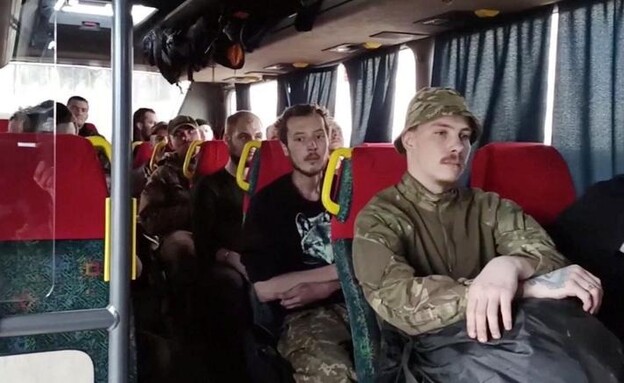
Ukrainian refugees who managed to escape from such detention camps for similar experiences, including among those transferred to Russia during the war. Since the Russian invasion began, more than a million Ukrainian citizens have fled and been transferred to Russian territory. In many cases, especially of the inhabitants of the city of Mariupol, the citizens were brought to Russia against their will, without being given any opportunity to leave for another country.
According to the testimonies, anyone who came to one of the detention facilities for the “screening and sorting” process was immediately stripped of his clothes and subjected to a thorough investigation. Anyone suspected of sympathy and sympathy for Ukraine and the Ukrainian army is severely tortured and immediately imprisoned. “They make people disappear who dare to expose their pro-Ukrainian positions,” Denisova said.
Beyond the inmates imprisoned at the Olnikova facility and others in Ukraine, many are being transferred to detention facilities deep inside Russia. The official claim is that they are allegedly transferred “for the establishment of new settlements to refugees”, but in fact they are thrown into camps in the open areas – where the interrogations and torture continue.
“For whom are you at war?” Bogdan, a 26-year-old resident of Mariupol who fled to Russia with his wife and 7-year-old daughter during March, was asked. In an interview with the Washington Post, he asked to keep his last name confidential, for fear that something bad would happen to his relatives. He said he decided to flee to Russia because he felt it was the only place they could get to – and for him, any place was better than Mariupol.
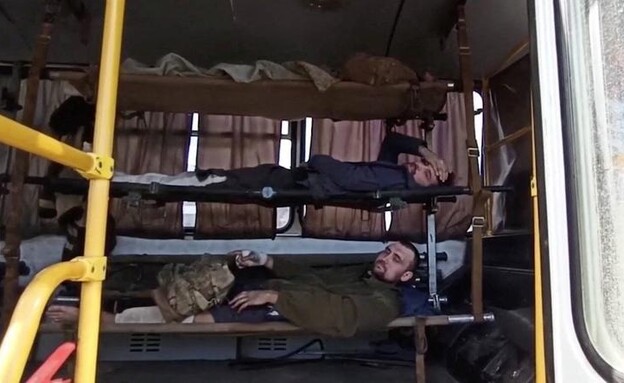
Finally, he and his family arrived at the “filtering and sorting” camp in Yalta on the Crimean peninsula, in an abandoned Soviet site that had previously served as a psychiatric recovery center. He said that since the place was abandoned decades ago, it has not been renovated or treated. He said that as soon as they arrived there, the Russians began to question them about their different positions and who they supported in the war.
“I told them, ‘You are interesting people – a war is raging in my homeland, Russian soldiers are attacking me and my house is destroyed – and you want me to shout pro-Russian statements?'” He says of his interrogation. He said that one of the things that occupied most of his Russian investigators was his knowledge of the deployment of Ukrainian forces in the area near Mariupol. In April, with a lot of luck, he managed to escape from the detention facility with the help of some foreign aid workers who were at the scene.
Michael Carpenter, a senior US diplomat, also spoke last week at the Organization for Security and Co-operation in Europe (OSCE). According to him, thousands of Ukrainians were forcibly transferred from their homes to “filtration” camps.
“Russian soldiers are forcibly discovering civilians, whose homes, cities and towns have been mercilessly destroyed,” Carpenter said. “They are forcibly transferred to Russia, specifically Russia – the country that caused them all the terrible suffering.” “Tens of thousands of Ukrainians have been abducted and sent to camps in Russia and Russian – controlled territories in Ukraine,” he said.
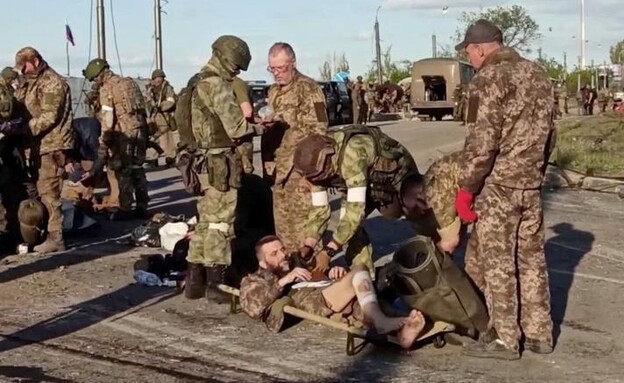
Since the beginning of the war, the Kremlin has opened many “humanitarian corridors,” allowing civilians from many bombed-out cities to flee to safe places. Moscow has made an effort to present them with humanitarian corridors as evidence that they do not want to harm the civilian population, and they are only fighting against the Ukrainian army.
Despite this, various experts, familiar with the nature of Russian work in relation to “humanitarian corridors”, who have also seen the nature of those corridors in Ukraine, have recently said that they are designed to hide the horrific acts of the Russians. According to many, Moscow uses the story of the humanitarian corridors only in order to hide its severe and deliberate harm to the civilian population in Ukraine.
